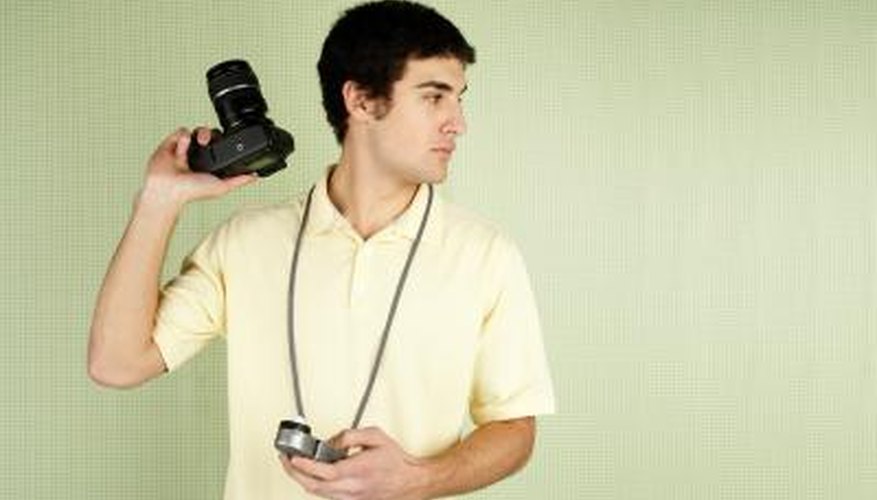Some photographers use external light meters (outside the camera) to determine exposure. Correct exposure is the combination of aperture and shutter speed for a given ISO that retains as much detail as possible in both the dark and light areas of an image. A lux meter is an external light meter that was not designed for photography and so does not compute aperture and shutter speed for a given ISO. The photographer must make the calculation herself.
- Some photographers use external light meters (outside the camera) to determine exposure.
- A lux meter is an external light meter that was not designed for photography and so does not compute aperture and shutter speed for a given ISO.
Follow the directions for the lux meter and read the lux for the environment in which you are going to take a photo.
Convert the lux reading to an exposure value as follows:
EV----------Lux
0------------2.5
1------------5
2------------10
3------------20
4------------40
5------------80
6------------160
7------------325
8------------650
9------------1,300
10-----------2,600
11-----------5,100
12-----------10,000
13-----------20,000
14-----------40,000
15-----------80,000
16-----------160,000
17-----------330,000
Use the Sunny 16 rule to convert the exposure value to an aperture and shutter speed. The Sunny 16 rule says that for an exposure value of 15, the aperture should be f16 and the shutter speed 1 divided by the ISO of the film used or as determined by the setting on a digital camera. For example, for an ISO of 200 and an exposure value of 15, the aperture of the camera should be f16 and the shutter speed 1/200 of a second.
- 14-----------40,000 15-----------80,000 16-----------160,000 17-----------330,000 Use the Sunny 16 rule to convert the exposure value to an aperture and shutter speed.
- The Sunny 16 rule says that for an exposure value of 15, the aperture should be f16 and the shutter speed 1 divided by the ISO of the film used or as determined by the setting on a digital camera.
Adjust the aperture and shutter speed depending on conditions or artistic considerations. Aperture is measured in whole stops, f1.0, f1.4, f2.0, f2.8, f4.0, f5.6, f8, f11, f16, f22, and f32. Each smaller aperture number doubles the amount of light reaching the film or sensor, and decreases the depth of field of the image. These stops correspond to steps in exposure value. For an ISO of 200 and an exposure value of 12, an aperture of f5.6 (three whole stops below f16, admitting three times as much light) would allow the photographer to maintain a shutter speed of 1/200 of a second (because EV12 is three whole steps below EV 15). The photographer could also choose an aperture of f4 and a shutter speed of 1/400 of a second, or f8 and a shutter speed of 1/100 of a second, etc.
TIP
Shutter speeds are often fixed in schemes that do not match up exactly to light meter readings. A common scheme is 1/125, 1/250, 1/500, etc. If a shutter speed of 1/200 of a second is determined from the lux meter, then the photographer should choose 1/250, because that is the closest shutter speed to 1/200. Older cameras that require an external light meter might have other problems that affect exposure, such as broken or inadequate shutters. If exposures using a light meter turn out to be incorrect, the photographer should check shutter speeds on the camera using a shutter speed tester.
